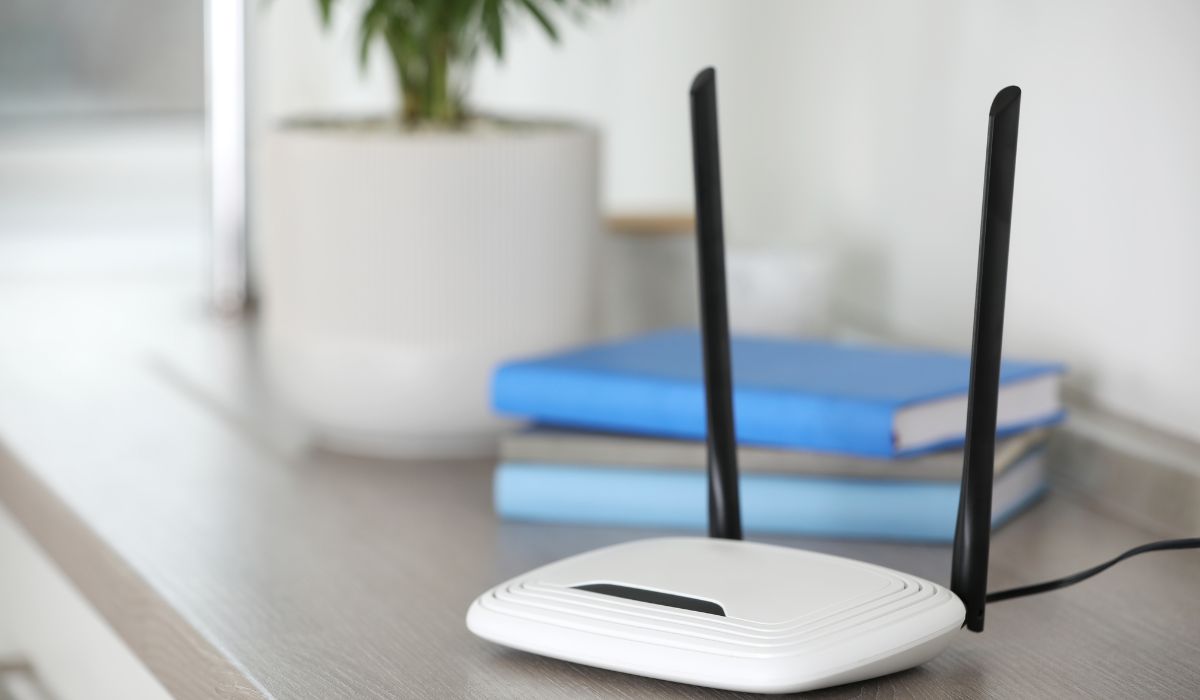Building a gaming network at home is essential for any gamer who wants a smooth and uninterrupted experience. Whether you’re playing on a console or PC, a solid network setup can make the difference between a frustrating experience and one that’s seamless. In this guide, we’ll walk you through everything you need to know about setting up a gaming network at home, from choosing the right equipment to optimizing your network for gaming.
Understanding the Basics of a Gaming Network

A gaming network involves the systems and equipment that allow you to connect to the internet or other devices for online gaming. For most gaming setups, this includes routers, cables, and a strong, stable internet connection. When you think about building a gaming network, it’s important to keep in mind the need for speed, stability, and low latency. Every component of your setup should support these needs to ensure that you can game without interruptions.
Key Components of a Gaming Network:
- Router: The central hub of your network. This device connects all your gaming devices to the internet.
- Ethernet Cable: Often used for a direct connection between your device and the router to reduce lag.
- Modem: The device that connects your home to the internet provided by your ISP (Internet Service Provider).
1. Choosing the Right Router for Gaming
The router you choose plays a major role in your gaming experience. Not all routers are built equally, and some are specifically designed for gaming. Gaming routers offer better performance, speed, and low latency, all of which are crucial for an optimal gaming experience. When selecting a router, make sure it has the following features:
- Dual-Band or Tri-Band Wi-Fi: This allows for faster speeds and less interference by separating devices into different frequency bands (2.4 GHz and 5 GHz).
- Quality of Service (QoS): This feature prioritizes gaming traffic over other types of internet traffic, ensuring that your gaming data comes first.
- Low Latency: A gaming router should offer low ping to reduce lag.
- Gigabit Ethernet Ports: For the best connection, wired connections are always preferred for gaming. Make sure your router has gigabit Ethernet ports to allow for faster data transfer.
Popular Gaming Routers:
- Netgear Nighthawk Pro Gaming Router
- ASUS ROG Rapture GT-AC5300
- TP-Link Archer AX11000
2. Using Ethernet vs. Wi-Fi for Gaming

While Wi-Fi is convenient, a wired Ethernet connection will always give you the best performance for gaming. Ethernet provides a direct connection, which significantly reduces the chances of lag, buffering, or other issues that can occur with Wi-Fi. If you can, connect your gaming PC or console directly to the router using an Ethernet cable.
Advantages of Ethernet over Wi-Fi:
- Stable Connection: Less interference from other devices.
- Lower Latency: This ensures quicker data transfer between your device and the internet.
- Faster Speeds: More consistent speed compared to Wi-Fi.
However, if you need to use Wi-Fi, make sure your router is placed in an optimal location, preferably near your gaming setup, and consider using a Wi-Fi 6 router for faster speeds.
3. Setting Up Your Home Network for Gaming
Once you have your router, it’s time to set up your network. Start by connecting your router to the modem and ensuring that you have a reliable internet connection. Then, you’ll want to connect your gaming devices (PC, PlayStation, Xbox, or other consoles) to the network.
- Wired Connection: For a more stable and faster experience, use Ethernet cables to connect your devices directly to the router. If you’re using a gaming PC or console, this is the best option.
- Wi-Fi Connection: If you prefer to use Wi-Fi, make sure to place the router in an area with good signal strength. Try to avoid placing the router in corners or behind large objects that can obstruct the signal.
- Network Switch: If you have multiple gaming devices and not enough Ethernet ports, consider using a network switch. A network switch allows you to connect more devices to your router via Ethernet without compromising speed.
4. Optimizing Your Wi-Fi for Gaming
To ensure a smooth Wi-Fi experience for gaming, there are several steps you can take:
- Choose the Right Channel: Wi-Fi channels can overlap, which can cause interference. Use a Wi-Fi analyzer tool to find the least crowded channel for your network.
- Reduce Interference: Keep your router away from devices that can cause interference, such as microwaves, cordless phones, and baby monitors.
- Use a Mesh Wi-Fi System: For larger homes or spaces with multiple levels, a mesh Wi-Fi system can help ensure that your signal reaches every corner. This system uses multiple routers or nodes to extend coverage across your entire home.
5. Improving Ping and Reducing Latency
High ping and latency can ruin your gaming experience. Here are some tips to improve your ping and reduce lag:
- Use a Wired Connection: As mentioned earlier, using Ethernet is the best way to reduce latency and ensure a stable connection.
- Choose the Right Server: Select gaming servers that are geographically closer to you to reduce the distance data needs to travel.
- Enable QoS: Ensure that your router’s QoS settings prioritize gaming traffic over other activities like streaming or browsing.
- Close Background Applications: Close unnecessary apps and services on your devices that may be consuming bandwidth.
6. Bandwidth Requirements for Gaming
Gaming, especially when streaming or playing online, requires a stable internet connection with sufficient bandwidth. Here’s an idea of the bandwidth needed for different activities:
- Basic Gaming: 3-6 Mbps
- HD Streaming: 5-8 Mbps
- 4K Streaming: 15-25 Mbps
If you plan to game while others in your household are streaming, downloading, or using heavy applications, ensure that your internet plan offers enough bandwidth to avoid lag.
7. Network Security: Protecting Your Gaming Network
Protecting your gaming network from threats is critical, especially if you game online. Here are some tips to secure your network:
- Use Strong Passwords: Set a strong password for your router and gaming accounts to prevent unauthorized access.
- Enable Encryption: Make sure your router’s Wi-Fi is encrypted with WPA3 security for the highest level of protection.
- Update Firmware Regularly: Keep your router’s firmware up to date to ensure it has the latest security patches.
- Use a VPN: A VPN can help secure your gaming connection and prevent DDoS attacks by masking your IP address.
Troubleshooting Common Gaming Network Issues
Even with a well-set-up network, you might face occasional issues. Here’s how to troubleshoot some common problems:
- Lag and High Ping: Ensure that your devices are connected via Ethernet, and check your network for congestion.
- Slow Speeds: Test your internet speed using online tools like Speedtest.net. If speeds are low, contact your ISP or upgrade your internet plan.
- Disconnected Devices: Check for network interference and ensure your router firmware is up to date.
Conclusion
Building a gaming network at home is not difficult, but it does require careful planning and the right equipment. By choosing the best router, optimizing your Wi-Fi, and ensuring your devices are connected properly, you can create a smooth and enjoyable gaming experience. Whether you’re gaming alone or with friends, having a strong home network will ensure you stay connected with minimal lag and interruptions.
Remember, your gaming experience is only as good as your network. Take the time to optimize your setup, and you’ll be on your way to a seamless gaming adventure. Let us know your thoughts or share your experiences with building a gaming network in the comments!
